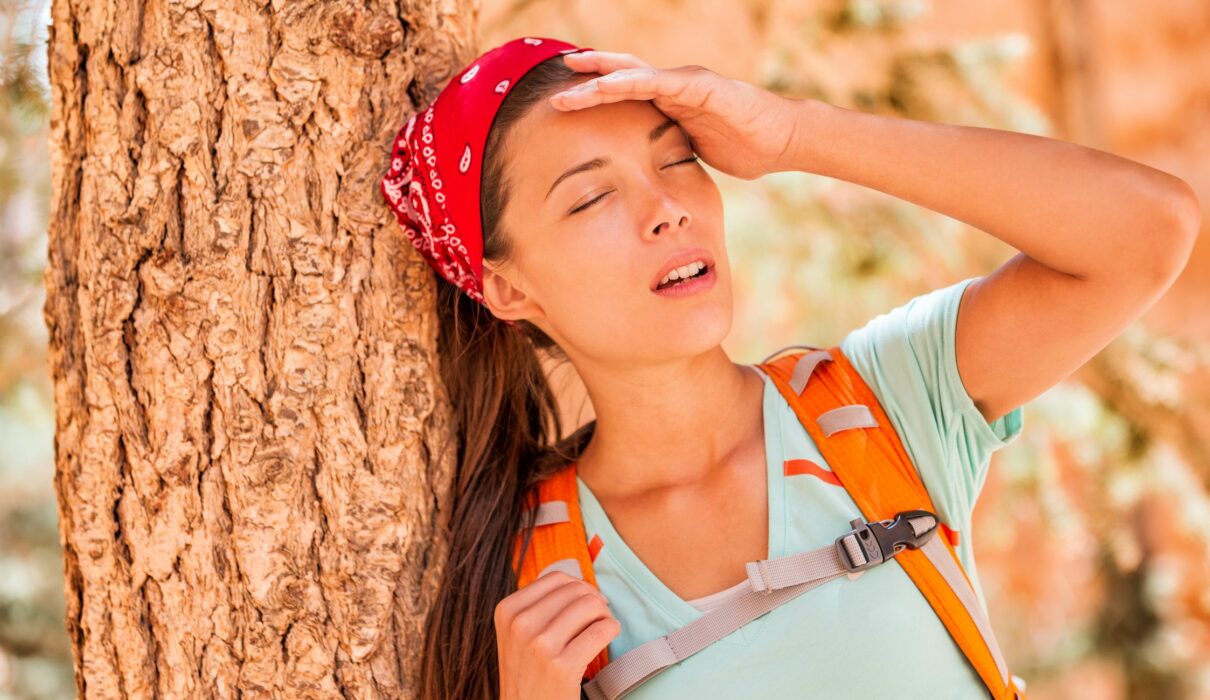


Heat Stroke
WHAT TO LOOK FOR
· High body temperature (103°F or higher)
· Hot, red, dry, or damp skin
· Fast, strong pulse
· Headache
· Dizziness
· Nausea
· Confusion
· Losing consciousness (passing out)
WHAT TO DO
· Call 911 right away-heat stroke is a medical emergency
· Move the person to a cooler place
· Help lower the person’s temperature with cool cloths or a cool bath
· Do not give the person anything to drink
Heat Exhaustion
WHAT TO LOOK FOR
· Heavy sweating
· Cold, pale, and clammy skin
· Fast, weak pulse
· Nausea or vomiting
· Muscle cramps
· Tiredness or weakness
· Dizziness
· Headache
· Fainting (passing out)
WHAT TO DO
· Move to a cool place
· Loosen your clothes
· Put cool, wet cloths on your body or take a cool bath
· Sip water
Get medical help right away if:
· You are throwing up
· Your symptoms get worse
· Your symptoms last longer than 1 hour
Heat Cramps
WHAT TO LOOK FOR
· Heavy sweating during intense exercise
· Muscle pain or spasms
WHAT TO DO
· Stop physical activity and move to a cool place
· Drink water or a sports drink
· Wait for cramps to go away before you do any more physical activity
Get medical help right away if:
· Cramps last longer than 1 hour
· You’re on a low-sodium diet
· You have heart problems
Sunburn
WHAT TO LOOK FOR
· Painful, red, and warm skin
· Blisters on the skin
WHAT TO DO
· Stay out of the sun until your sunburn heals
· Put cool cloths on sunburned areas or take a cool bath
· Put moisturizing lotion on sunburned areas
· Do not break blisters
Heat Rash
WHAT TO LOOK FOR
· Red clusters of small blisters that look like pimples on the skin (usually on the neck, chest, groin, or in elbow creases)
WHAT TO DO
· Stay in a cool, dry place
· Keep the rash dry
· Use powder (like baby powder) to soothe the rash
Source https://www.cdc.gov/disasters/extremeheat/warning.html#text
